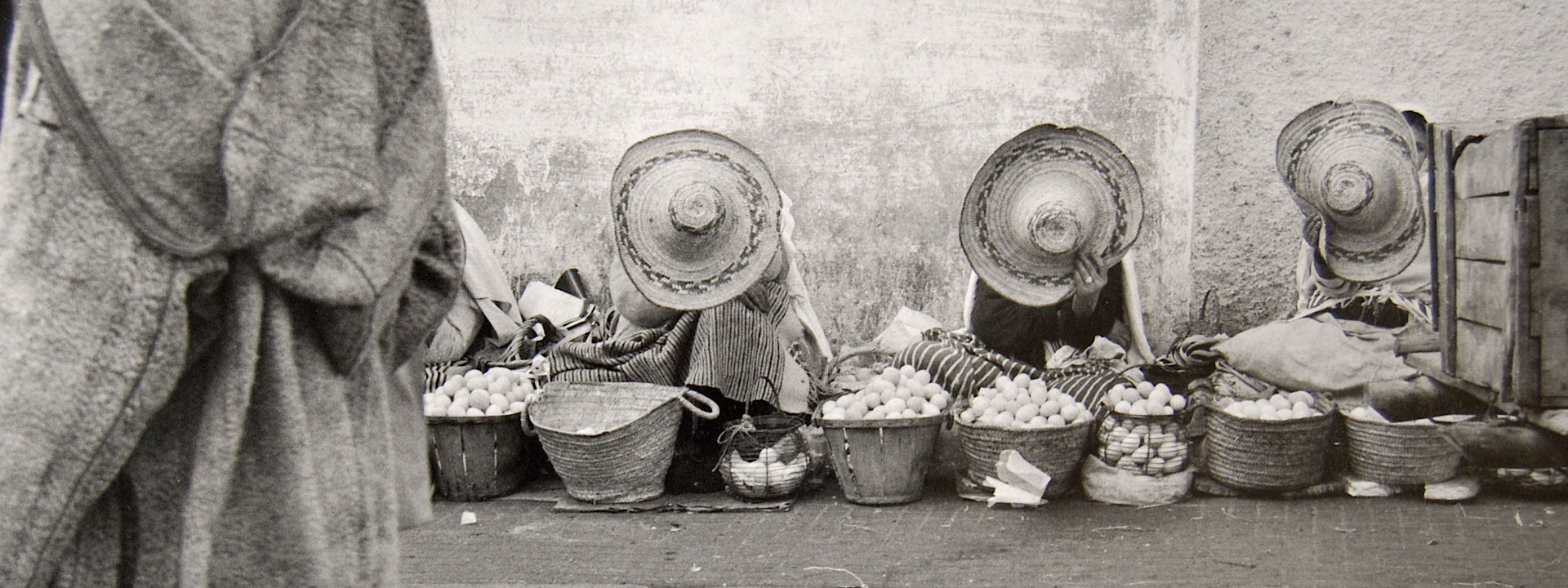Lisetta Carmi
23 Oct 2024 — 23 Mar 2025, h 11:00
Incredibly close, extremly far
from 23 October 2024 to 23 March 2025, Sottoporticato
If they ask me ‘who taught you how to take photographs?’ I reply, “Life.”
Lisetta Carmi
On the 100th anniversary of Lisetta Carmi’s birth, Palazzo Ducale presents a major exhibition of the Genoese artist and photographer, who throughout her life had the courage to take different paths, always giving voice to the marginalized. This journey begins in Genoa and Italy, showcasing distant realities and transforming worlds through her keen and clear-eyed lens, with previously unseen color images complementing her more famous black-and-white series.
The exhibition includes images from the series of transvestites from the 1960s, published in 1972, which caused a sensation and influenced the photographic explorations of many international artists, presented both in black and white and in color. It also features the previously unpublished series “Eroticism and Authoritarianism at Staglieno,” where the famous Genoese cemetery is transformed under her lens into a portrait of 19th-century bourgeois society and the eroticism associated with funerary monuments. Genoa emerges in unexpected facets, with depictions of the working world in the renowned images of “Genoa – Port” and “Italsider,” as well as some previously unseen images of the Registry Office and aspects of the city’s cultural and social life.
“Lisetta Carmi. Incredibly close, extremly far” is curated by Giovanni Battista Martini, a photography expert and curator of the Lisetta Carmi archive, who has written about and conceived numerous exhibitions of the artist in recent years, and Ilaria Bonacossa, a contemporary art curator and director of Palazzo Ducale Genoa. The show is promoted and organized by Palazzo Ducale Fondazione per la Cultura Genova and Civita Mostre e Musei.
Lisetta Carmi was born in Genoa on February 15, 1924, into a well-to-do Jewish middle-class family. Due to racial laws, she was forced to leave school in 1938 and take refuge with her family in Switzerland. In 1945, at the end of the war, she returned to Italy and graduated from the Milan Conservatory. In the following years, she held a series of concerts in Germany, Switzerland, Italy, and Israel. In 1960, she interrupted her concert career and accidentally approached photography, transforming it into a true profession. After conducting a comprehensive survey of the port of Genoa in 1964, which later became a traveling exhibition, she continued a reportage on Sardinia that began in 1962 and concluded in the 1970s. In 1971, she bought a trullo in Cisternino, Puglia. On March 12, 1976, she met Babaji Herakhan Baba, the Mahavatar of the Himalayas, in Jaipur, India, an encounter that would radically change her life. Over the years, she created a series of portraits of artists and cultural figures of the time, including Judith Malina, Joris Ivens, Charles Aznavour, Edoardo Sanguineti, Leonardo Sciascia, Lucio Fontana, César, Carmelo Bene, Luigi Nono, Luigi Dallapiccola, Claudio Abbado, Jacques Lacan, and Ezra Pound. Her famous shots of Ezra Pound, taken in 1966 at the poet’s home in the hills of Zoagli in Liguria, are particularly remembered. Lisetta Carmi died, or as she would have said, left her earthly body, on July 5, 2022, in Cisternino.
service charter
